The advancements in technology affect every single part of our lives every day, sometimes in ways we don’t even realise. However, sometimes their uses are more than clear – and this is particularly true of how technology is being used in all different types of sports, including football – from goal-line technology, Hawk-eye and VAR to electronic performance and tracking systems, here, we’ll look at all the ways technology has changed the way we watch – and bet on football.
When you check out the latest Champions League odds looking for a value bet, the last thing you want is to be denied your winnings because of a mistake that could have been avoided… a goal that wasn’t, for example. Technology means that we are in a better position than ever to ensure that we really do get the truest results of a game, which is fairer for players, fans and bettors!
The Change of the Ball
First, let’s actually look at the ball used in football. It started, apparently, as an inflated animal bladder, with leather added to it at a later date to make it stronger and more uniform. However, it wasn’t until 1833 when the first vulcanised rubber ball was invented – a huge advancement thanks to new technology at that time, meaning the ball shapes and sizes were more uniform, making it much fairer.
However, these days the football has been designed to be much softer, lighter and much more durable so that players can kick the ball with power without causing injury.
Smart Ball System
Another new prospect is the concept of a ‘smart ball’ which has a sensor chip embedded which can track the ball’s location in real-time completely and accurately. It can also notify the match officials if and when the ball crosses the goal line – and the information will be passed on to the ref via smartwatch.
Goal Line Technology
We all have memories of being stung by goals not being given that had clearly crossed the line. GLT helps the ref to work out whether it really was a goal or a near miss, It was introduced in the 2014 World Cup and is now regularly used in major tournaments across the world.
It uses 14 cameras to capture 500 fps, sending the image to a processing system – and when the whole ball crosses the line, a signal is sent to the referee’s watch.
Goal Ref System
This is a radio-based system that uses low-frequency magnetic fields to determine whether the whole ball crosses the goal line. There is one magnetic field in the goal area and one around the ball. Data from this will be processed and sent to the ref’s watch with a message displayed in real-time.
Hawk-Eye
Hawk-eye is already well-used in sports such as tennis and cricket – and it has been trialed extensively for football. Essentially, it uses three cameras all focused on the goal line, with each camera capturing footage at 600 frames per second (fps). This can give a definite answer on whether or not the ball fully crosses the line. In the Premier League, the signal can be sent over headsets, whilst in other leagues it can be done through a smartwatch.
VAR
VAR – Video Assistant Referee has become very controversial in recent years after having been introduced during the 2018 World Cup. It was designed to capture errors that hadn’t been caught earlier, with the VAR team supporting the referees from a centralized room.
The team is made of one video assistant referee, three assistants plus four replay operators, all having access to 33 camera feeds covering the match and two offside cameras. This tech should only be used where a decision could affect the outcome of the match and a decision can be reversed if there is a clear and obvious error.
Electronic Performance and Tracking System
This is a technology used to help improve player and team performance. Primarily it attracts player and ball positioning, but it can be used with other devices such as heart rate monitors etc to track more physiological factors.
Conclusion: A Technological Sport
The game is becoming more technologically advanced all the time, sometimes with controversy, but it is added to create a fairer result, eradicating or at least minimizing referee errors. It’s exciting to see what will come next…

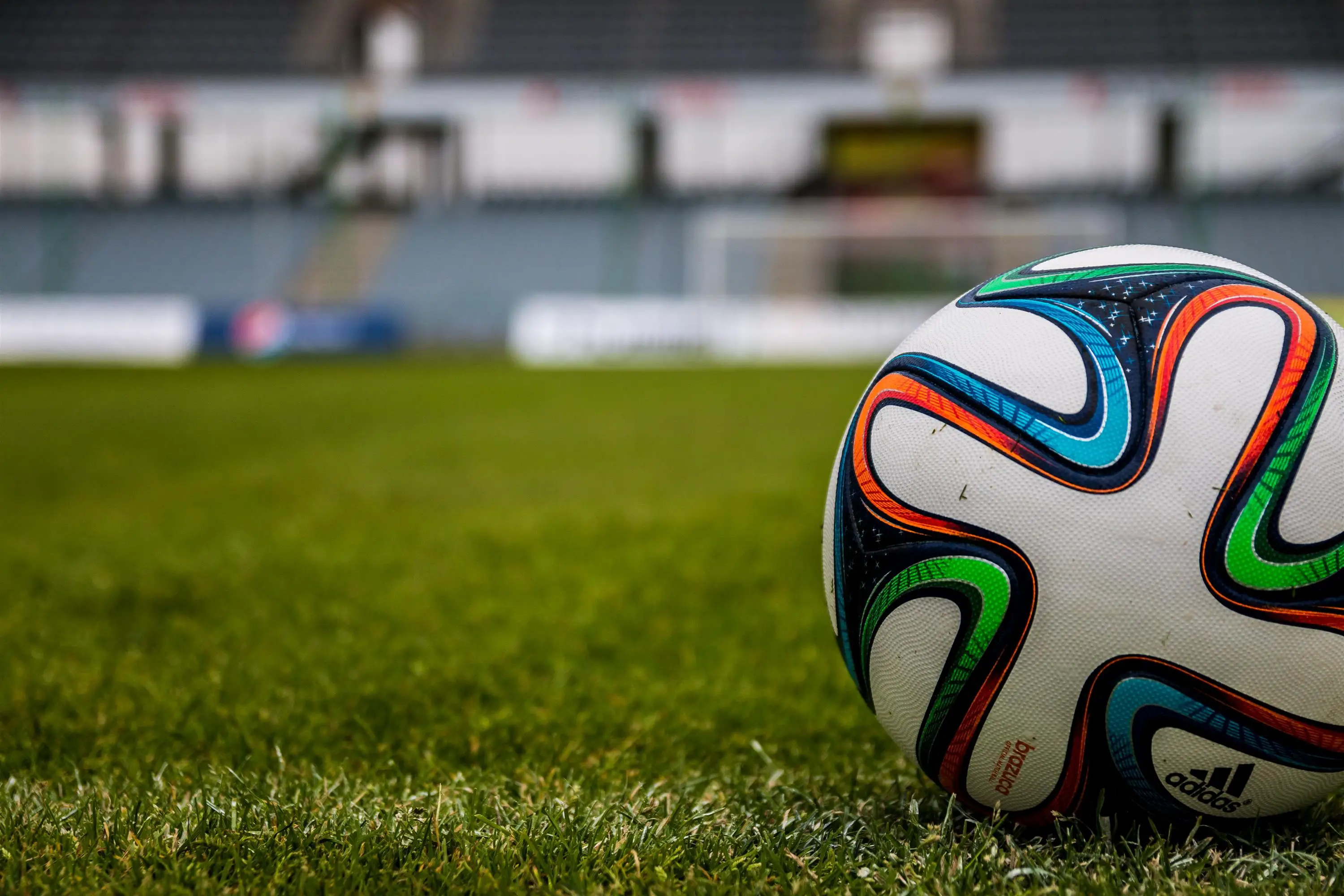


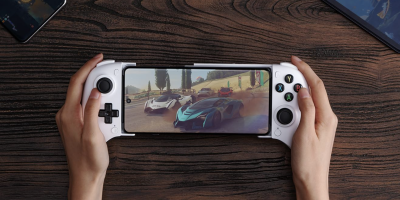

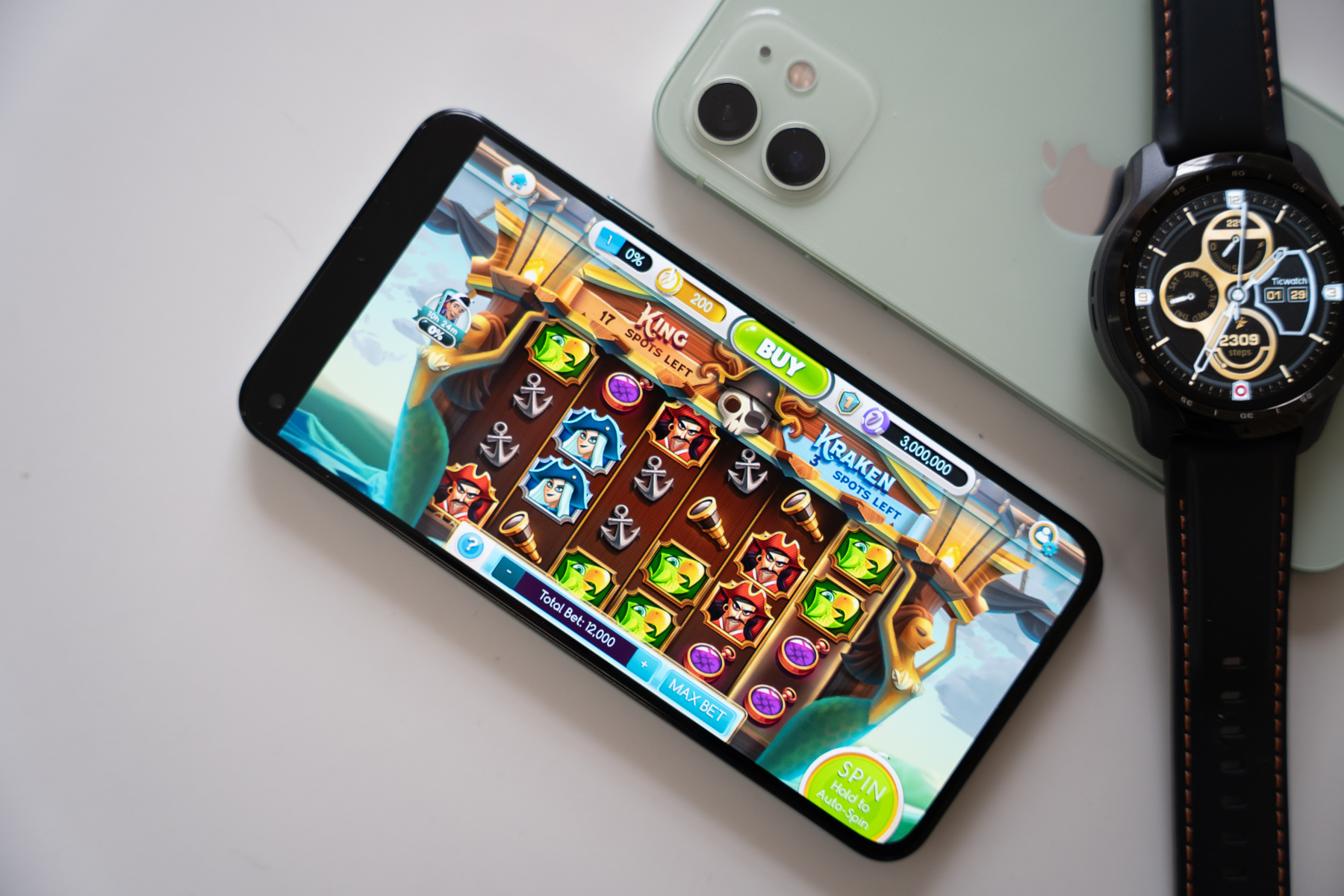
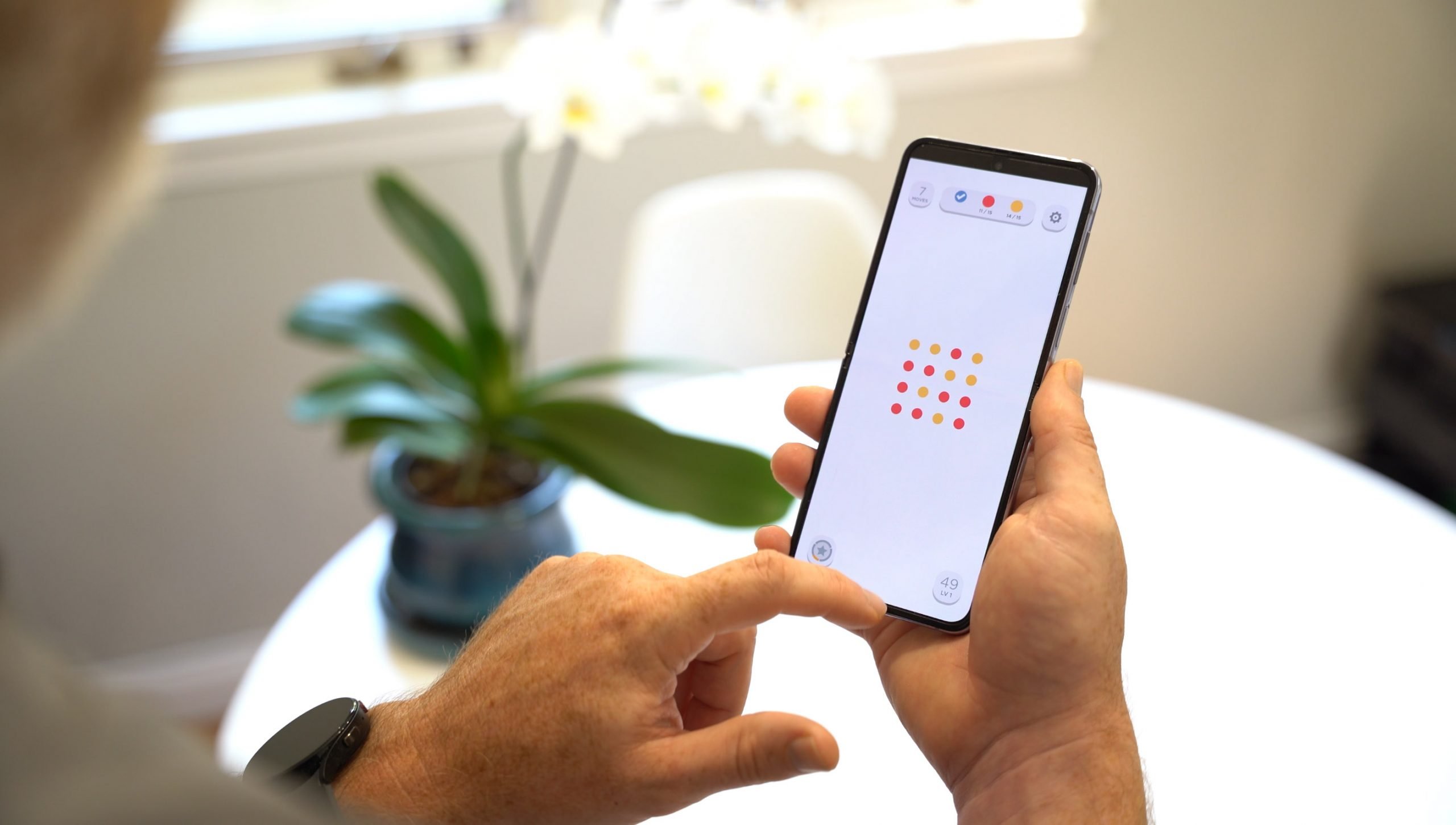


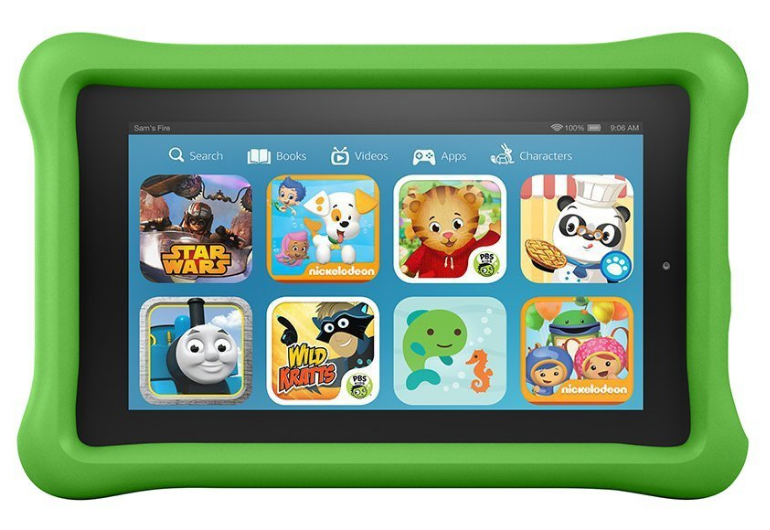
Comments